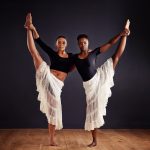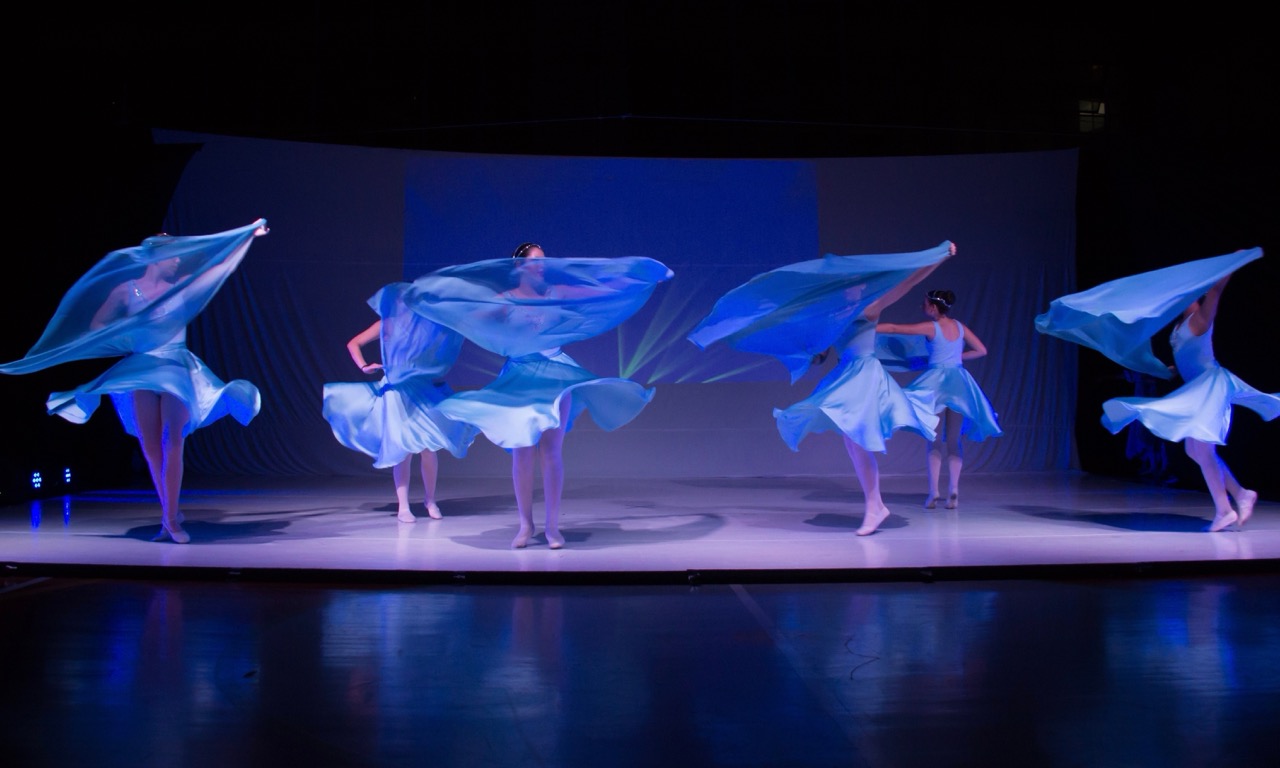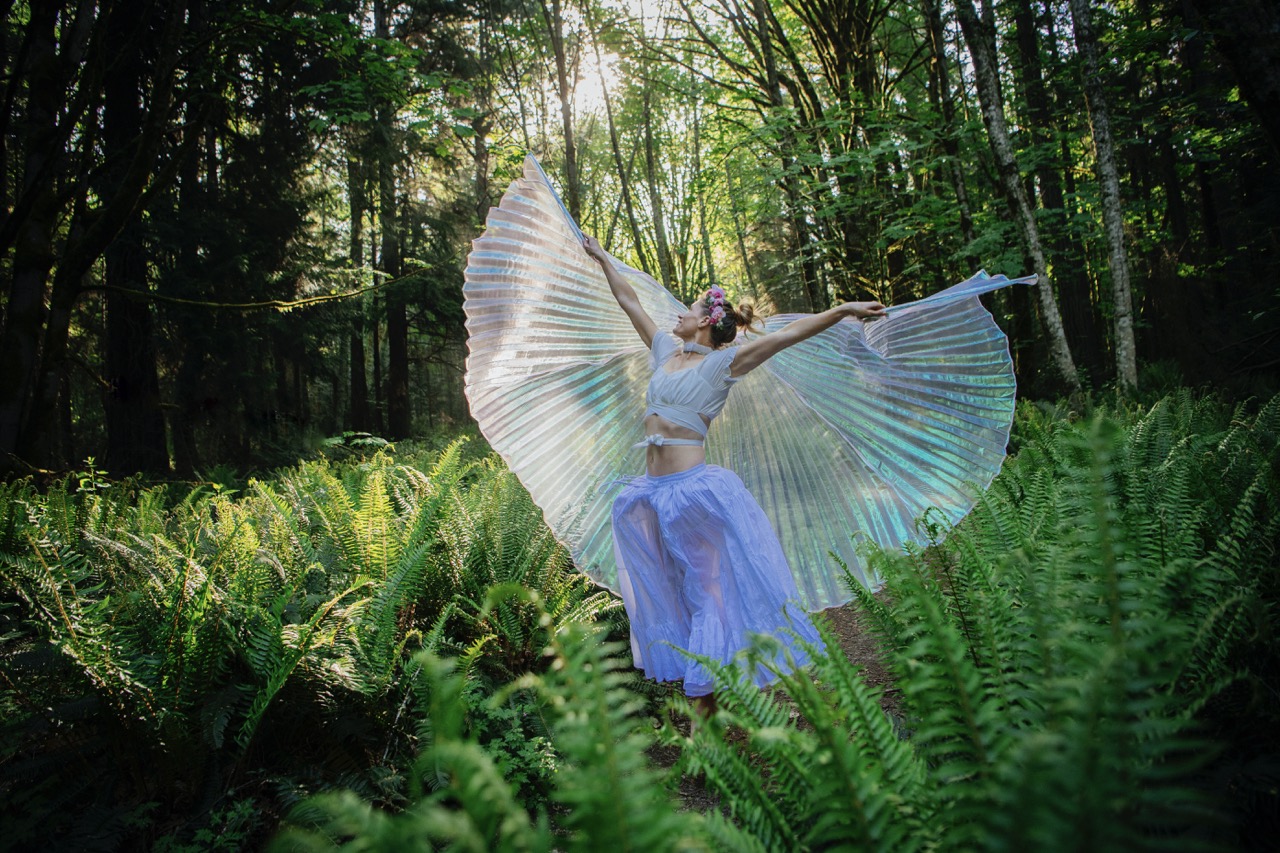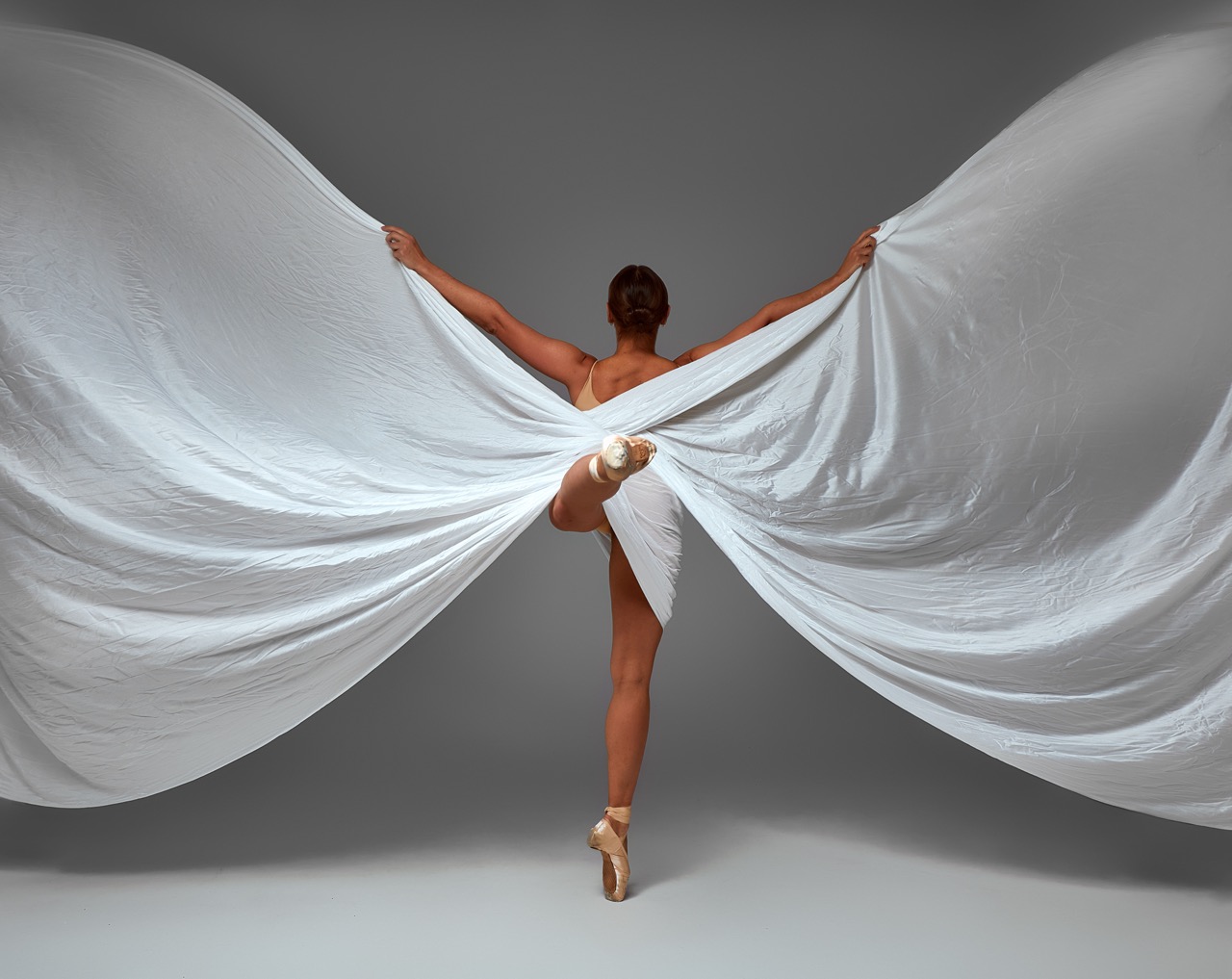Dance is a powerful medium that transcends boundaries, offering a unique lens through which we can view and appreciate social and cultural diversity. As a form of expression, it captures the essence of our experiences, identities, and histories. From ancient rituals to contemporary performances, dance has the ability to connect people across diverse backgrounds, fostering understanding and community. In this article, we will explore the importance of dance in promoting social and cultural diversity, examining how it serves as a universal language, celebrates differences, expresses cultural narratives, and empowers marginalized voices.
Dance: A Universal Language Bridging Cultures and Communities
Dance is often regarded as a universal language; it speaks to the heart and spirit in ways that words may not. Regardless of linguistic or cultural barriers, the rhythm of music and movement can convey emotions and stories that resonate deeply with individuals from all walks of life. When people come together to dance, they share a collective experience that emphasizes their shared humanity, fostering connections that might not have been possible through traditional means of communication.
Moreover, dance serves as a conduit for cultural exchange, enabling individuals to learn about traditions and practices different from their own. Cultural festivals and dance workshops often showcase various styles, such as ballet, hip-hop, salsa, and traditional folk dances, allowing participants to immerse themselves in different heritages. This exchange not only enriches personal experiences but also broadens perspectives, instilling a greater appreciation for global diversity. It creates a collaborative space where communities can come together, celebrate their differences, and find common ground through the shared language of movement.
The global dance community exemplifies this interconnectedness, as dancers and choreographers from various backgrounds draw inspiration from one another to create innovative forms of expression. Dance collaborations often highlight intercultural relationships and showcase how diverse genres can merge, leading to the development of new styles. By promoting these cross-cultural connections, dance acts as a bridge, inviting individuals to explore the beauty of diversity and the richness it brings to our lives.
Celebrating Diversity: The Role of Dance in Social Unity
Dance is a celebration of diversity that plays a crucial role in fostering social unity. It offers a platform for individuals and communities to embrace their cultural heritages while also recognizing and honoring the identities of others. Through community dance events, festivals, and performances, people come together to celebrate their unique backgrounds, forming bonds that transcend differences. This collective celebration not only strengthens social ties but also cultivates an environment of mutual respect and understanding.
In many cultures, dance is an essential aspect of social gatherings and rites of passage. From weddings to religious ceremonies, dance facilitates a shared experience that promotes unity among participants. It allows individuals to express their joy, sorrow, and resilience, often in ways that verbal communication cannot capture. By engaging in these communal dance practices, individuals contribute to a larger narrative that emphasizes belonging and togetherness, fostering a sense of pride in one’s cultural identity while simultaneously appreciating the diversity of others.
Through the lens of dance, communities can confront societal challenges such as discrimination and exclusion. Dance initiatives often aim to bring together marginalized groups, providing them with a platform to showcase their talents and share their stories. By creating spaces where all voices are heard and valued, dance serves as a unifying force, promoting social cohesion and encouraging dialogue. In this way, the celebration of diversity through dance becomes a powerful tool for social change, advocating for inclusivity and understanding in an increasingly polarized world.
From Folklore to Fusion: Dance as a Cultural Expression
Dance is a rich form of cultural expression that encapsulates the history, beliefs, and values of a community. Traditional dances often emerge from folklore, representing the stories and customs passed down through generations. These dances serve not only as entertainment but also as a means of preserving cultural identity in the face of globalization. By engaging with traditional forms of dance, individuals connect with their roots, finding strength and pride in their heritage.
As societies evolve, so do their artistic expressions, leading to the emergence of fusion dance—a blend of different styles that reflects our increasingly interconnected world. Fusion dance encourages creativity and innovation, allowing dancers to experiment with various techniques and elements from diverse cultures. This blending of influences not only enriches the dance landscape but also fosters a dialogue between cultures, celebrating the beauty of diversity while challenging the notion of cultural appropriation.
The evolution of dance styles also serves as a reflection of societal change, where movements can be used to address contemporary issues such as identity, gender, and race. Dance as a cultural expression provides a platform for artists to engage in critical conversations about their lived experiences. By sharing these narratives through movement, dancers invite audiences to reflect on their own beliefs and biases, promoting understanding and appreciation for diversity in all its forms.
Empowering Voices: How Dance Fosters Inclusion and Respect
Dance has the unique ability to empower marginalized voices, providing individuals from diverse backgrounds with a means to express themselves and share their stories. In many communities, dance programs focus on inclusivity, offering opportunities for those who may feel overlooked or underrepresented in mainstream society. Through dance, participants not only develop their artistic skills but also gain confidence and a sense of belonging, reinforcing the idea that every voice matters.
Furthermore, dance can be a powerful tool for advocacy and social justice. Many choreographers and dancers use their art to address pressing issues, shed light on injustices, and promote awareness. By incorporating themes of diversity, tolerance, and respect into their work, they inspire audiences to reflect on their own roles in fostering a more inclusive society. Dance becomes a means of resistance against oppression, empowering individuals to reclaim their narratives and challenge societal norms.
Inclusion in dance also extends beyond performance; it encompasses the creation of safe spaces where people can explore their identities and histories through movement. Programs that prioritize diversity in their instruction and outreach encourage participants to celebrate their unique experiences while learning from others. This environment cultivates mutual respect and understanding, reinforcing the idea that diversity is not merely tolerated but celebrated as a vital component of our collective human experience.
In conclusion, dance plays a pivotal role in promoting social and cultural diversity, acting as a universal language that bridges gaps and fosters connections among individuals and communities. By celebrating differences, expressing cultural narratives, and empowering voices, dance creates an inclusive environment where all can thrive. As we continue to navigate an increasingly complex world, the importance of dance in cultivating understanding, respect, and unity cannot be overstated. It is through movement that we find common ground and learn to embrace the beauty of our diverse identities, ultimately enriching the tapestry of human experience.










